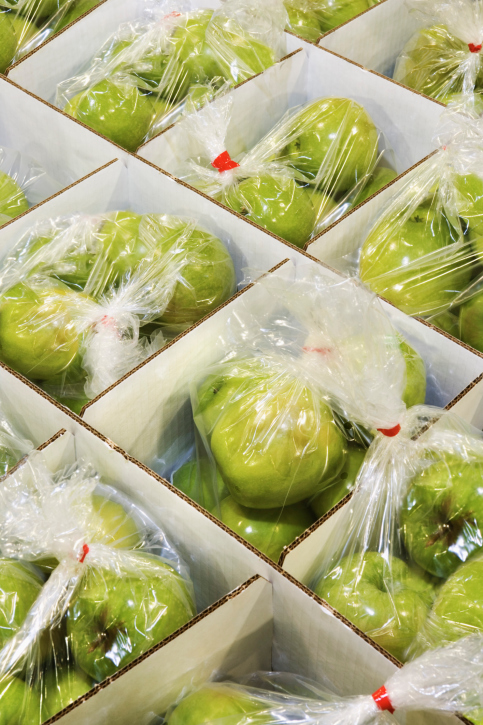Ecuadorian bananas, Argentine soy, Brazilian wheat, Chilean copper, Uruguayan meat, Venezuelan oil, Bolivian gas, etc. What these products all have in common is that they are classified as commodities.
A commodity is defined as a good that is mass-produced by man, where there are vast supplies available in nature that possess value or provide utility with very low levels of differentiation or specialization. There is a market demand for these products that determines their price, and they are marketed in purchase and sales transactions without any differentiation as to quality.
Generally they are understood to be raw materials or primary products based on minimum quality standards, whereby there is no substantial difference among them. This means that wheat produced in Brazil, for instance, is not essentially different from that originating in Argentina or some other place in the United States.
Generate added value
The term manufacture (from the Latin manus, “hand” and factura, “a making”) refers to the transformation of raw material into finished or processed products for its distribution and consumption. Manufacturing is the activity of the secondary sector of the economy, also called the industrial sector, manufacturing sector, or simply manufacturing or industry.
For Latin America, the challenge of adding value to its products implies incorporating a certain level of differentiation and processing that will enable it to enter markets with high profit margins, compared to those that are not differentiated and consequently have scanter profit margins, as is the case of the commodities market.
In economic terms, added value is the additional economic value that goods and services acquire when they are transformed during the production process. In other words, it is the economic value that a particular production process adds to the raw material used in its production.
Incorporating a certain level of production into Ecuadorian bananas, Argentine soy, Brazilian wheat, Chilean copper, Uruguayan meat, Venezuelan oil or Bolivian gas, for example, will enable these countries to add stability to their economies so that they do not remain tied to the ups and downs of global commodity prices.



Follow Us